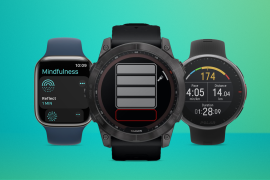Huawei Pura 70 Ultra review: incredible camera hardware but familiar caveats
Huawei's latest phone has super snappers but can't close the gap to rival mobiles
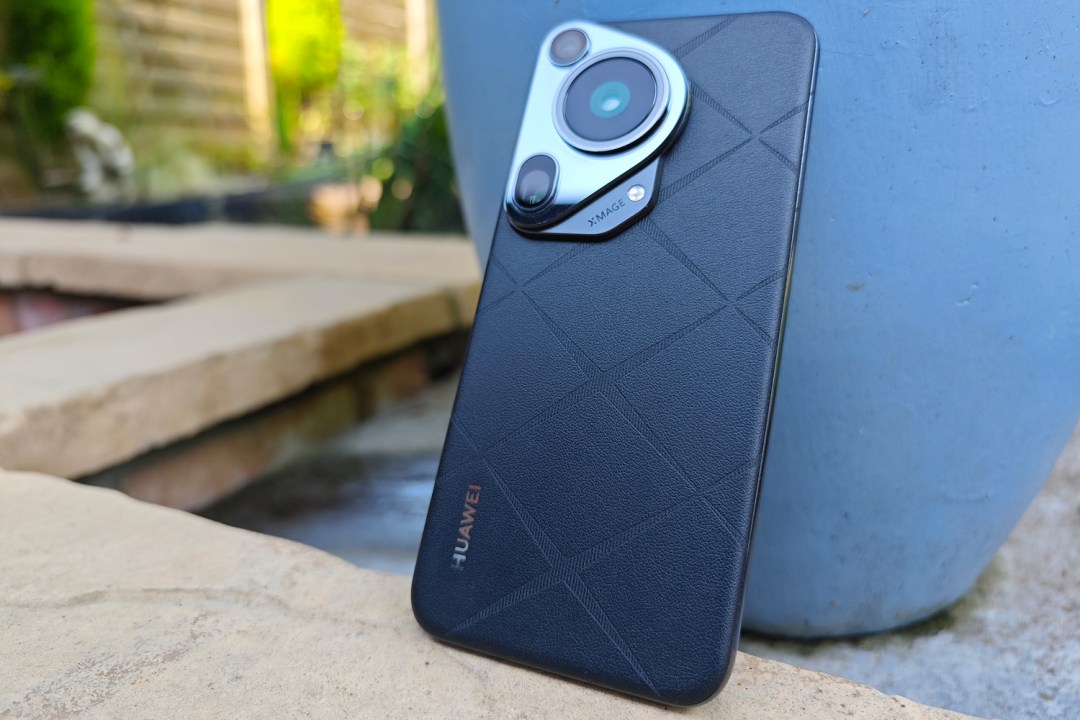
Stuff Verdict
Another fantastic photography flagship that rivals the best cameraphones – but the Huawei Pura 70 Ultra is held back by an uncompetitive CPU, high price, and software restrictions for Western shoppers
Pros
- Outstanding photographic ability
- Excellent OLED display
- Large battery with rapid charging
Cons
- Google services unsupported
- Chipset can’t match rival flagships
- Seriously expensive
Introduction
With a retractable lens, adjustable aperture and huge 1in sensor, the Huawei Pura 70 Ultra blurs the lines between smartphone and compact camera like never before. It backs that up with some of the best image processing in the business – but that’s just one side of the story.
Huawei’s rebranded flagship is still subject to the same hardware and software restrictions as the outgoing P60 Pro, putting it at a significant disadvantage here in the West. The firm knows a lack of Google services is a bigger deal in some countries than it is in others, which is why you can’t buy a Pura 70 Ultra officially in the UK. It’s a different story in Europe, where shoppers must part with an eye-watering €1499 to get one in their pocket. That’s more than almost any non-folding flagship right now. Can it possibly justify the expense?
How we test smartphones
Every phone reviewed on Stuff is used as our main device throughout the testing process. We use industry standard benchmarks and tests, as well as our own years of experience, to judge general performance, battery life, display, sound and camera image quality. Manufacturers have no visibility on reviews before they appear online, and we never accept payment to feature products.
Find out more about how we test and rate products.
Design & build: handbags and glad rags
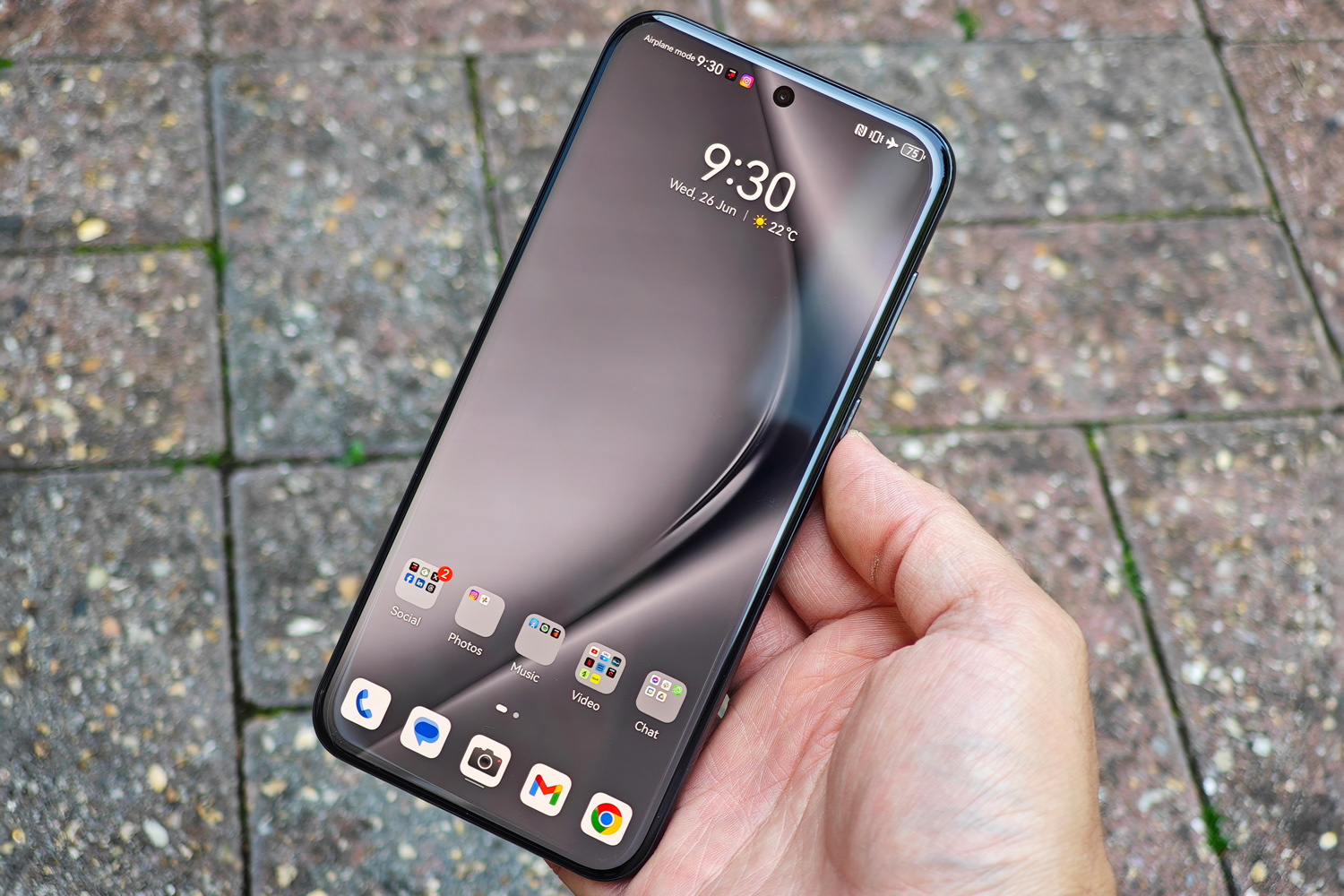
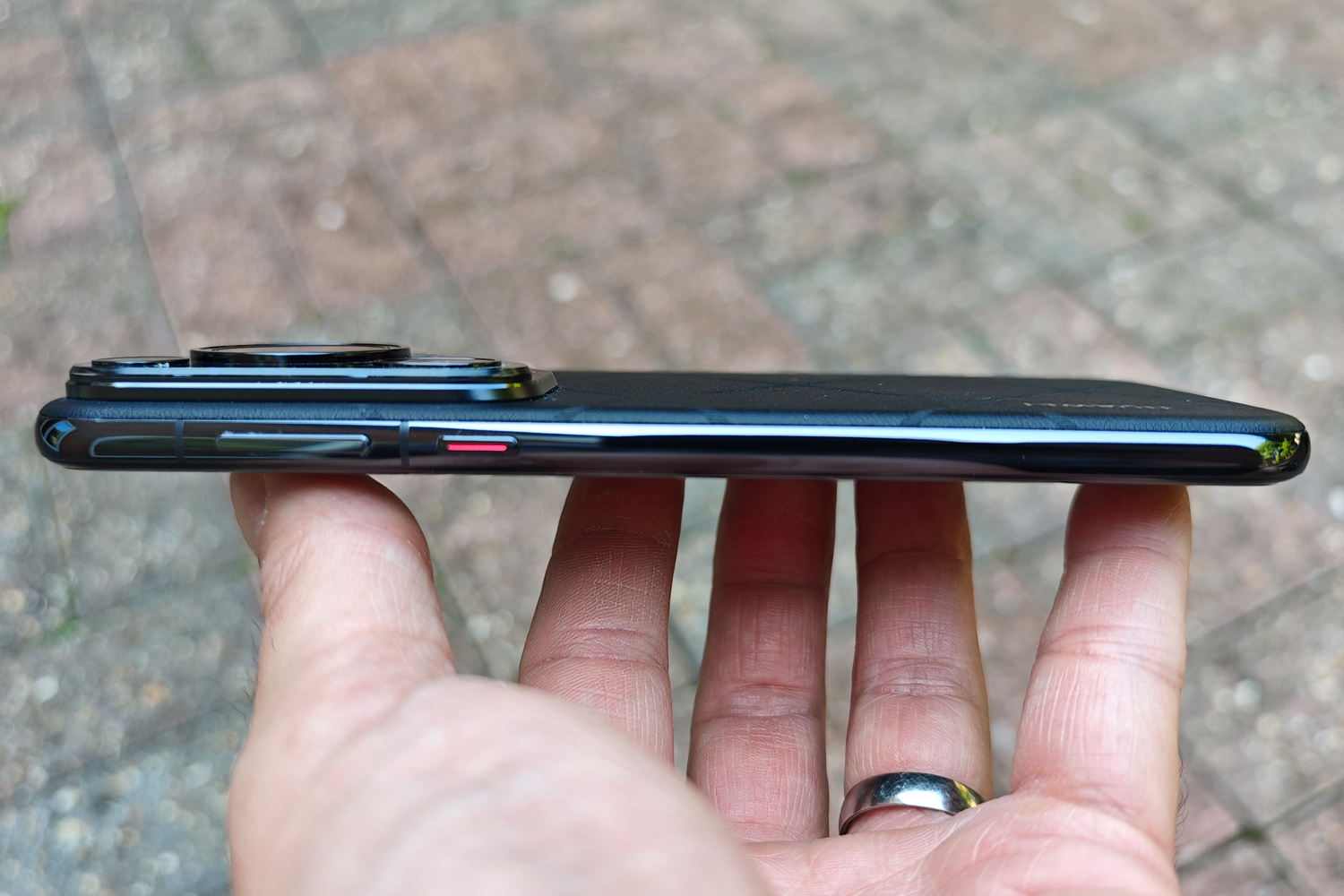
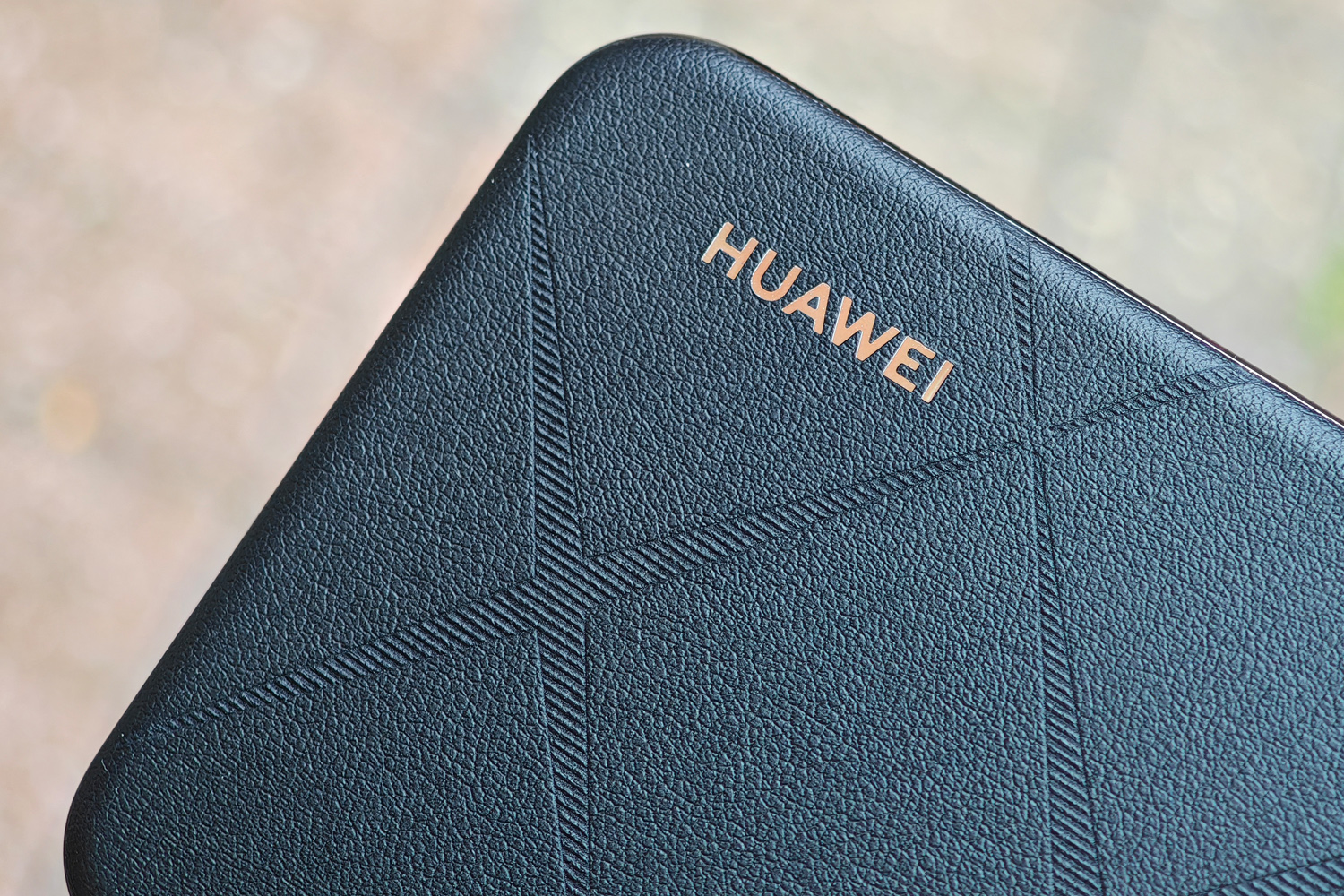
The Pura 70 Ultra feels like the natural progression of Huawei’s “fashion-forward” approach to tech. The faux leather rear panel has a crosshatch pattern that could’ve been borrowed from a designer handbag, particularly if you opt for the brown model. Black, white and a distinctive minty green complete the set. Personally I found it a little flashy, even on my black review unit, but the material held up well to scrapes and scratches throughout testing.
That giant, asymmetrical camera bump is impossible to miss, especially once you open the camera app and the main lens barrel extends out by a few millimetres. The subtle mechanical whir it makes each time is oddly satisfying, but I wonder whether such a complex system was necessary; the lens doesn’t stick out dramatically when in use, after all. It’s a big engineering flex on Huawei’s part, though, and didn’t stop the phone from getting a class-leading IP68 rating for dust and water resistance.
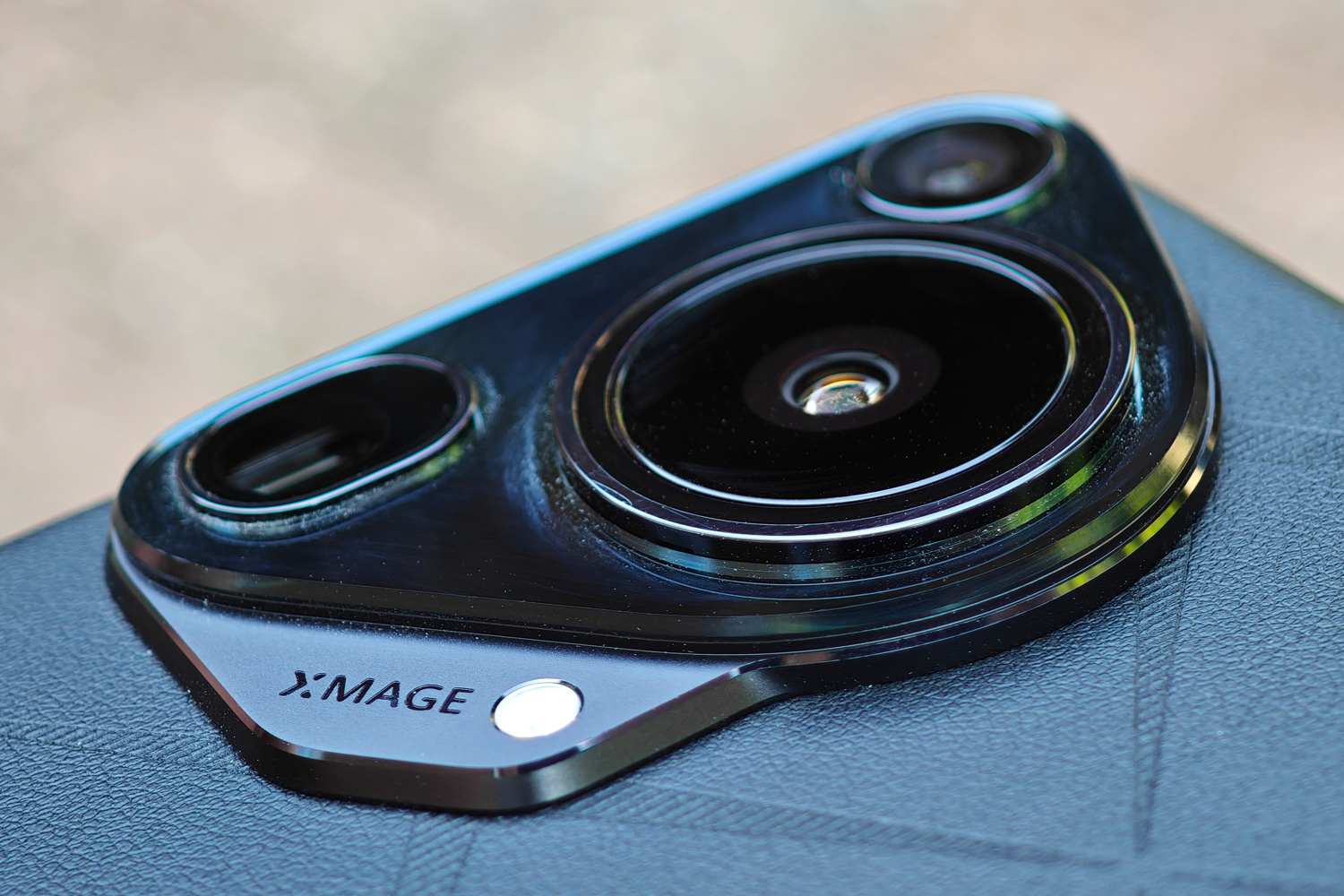
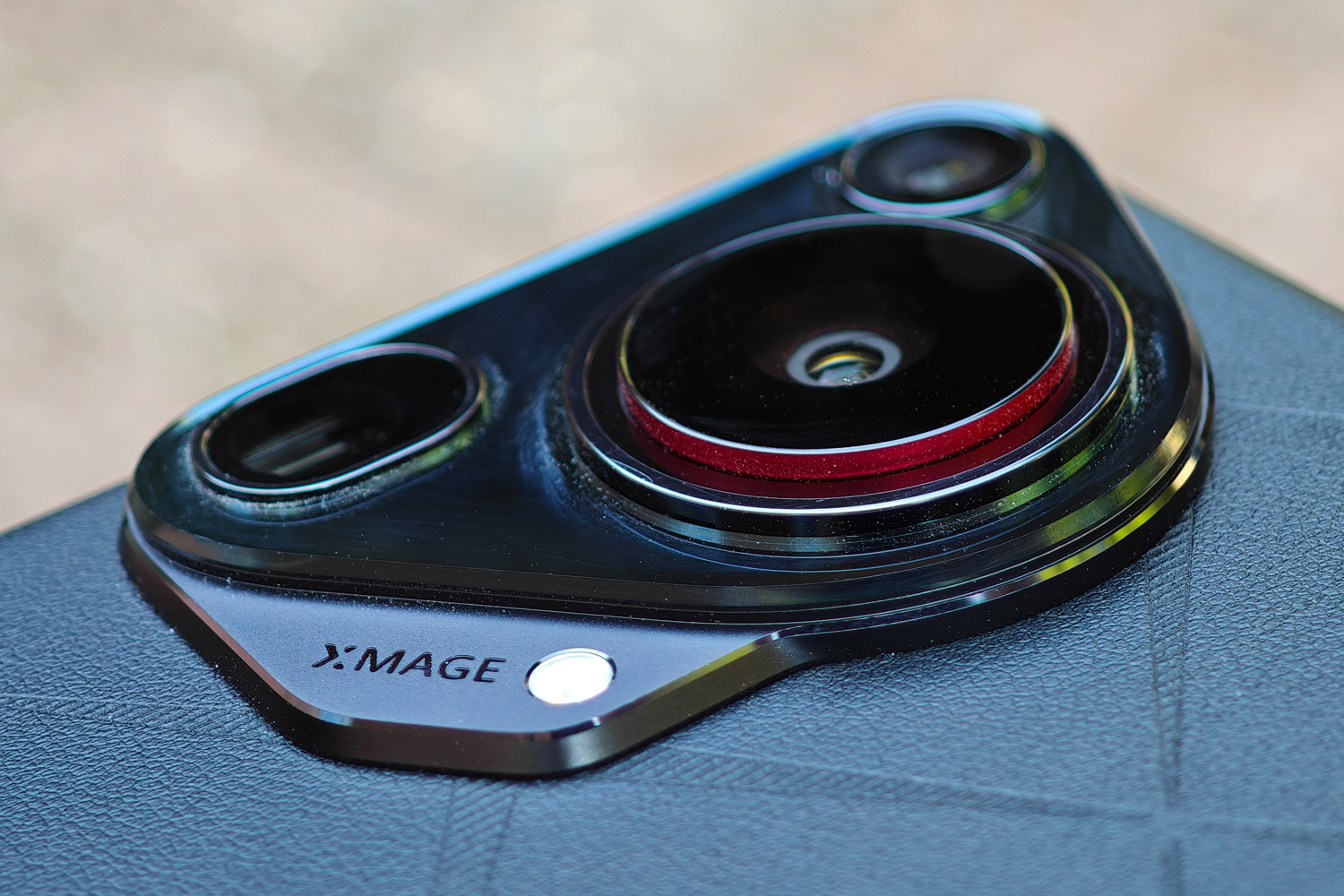
Elsewhere the Pura 70 Ultra follows the usual flagship phone tropes: A polished aluminium frame, a flat display (with subtly curved edges on all four sides) and a punch-hole cutout for the selfie camera. The rounded frame makes this a comfy handset to hold, despite its size, and the screen is protected with Huawei’s own Crystal Armor Kunlun Glass.
The firm reckons this is 300% stronger than the stuff used on its other Pura 70 handsets, thanks to the use of diamond carbon material. Scratch resistance should be on par with anything made by Corning right now, though as the phone comes with a preinstalled screen protector I can’t vouch for its effectiveness.
Other goodies include an IR blaster built into the frame’s top edge, and an under display fingerprint sensor that was always quick to accurately detect my digits. Facial recognition is available for skipping the lock screen, too, but not for apps that require biometric security.
Screen & sound: clear and colourful
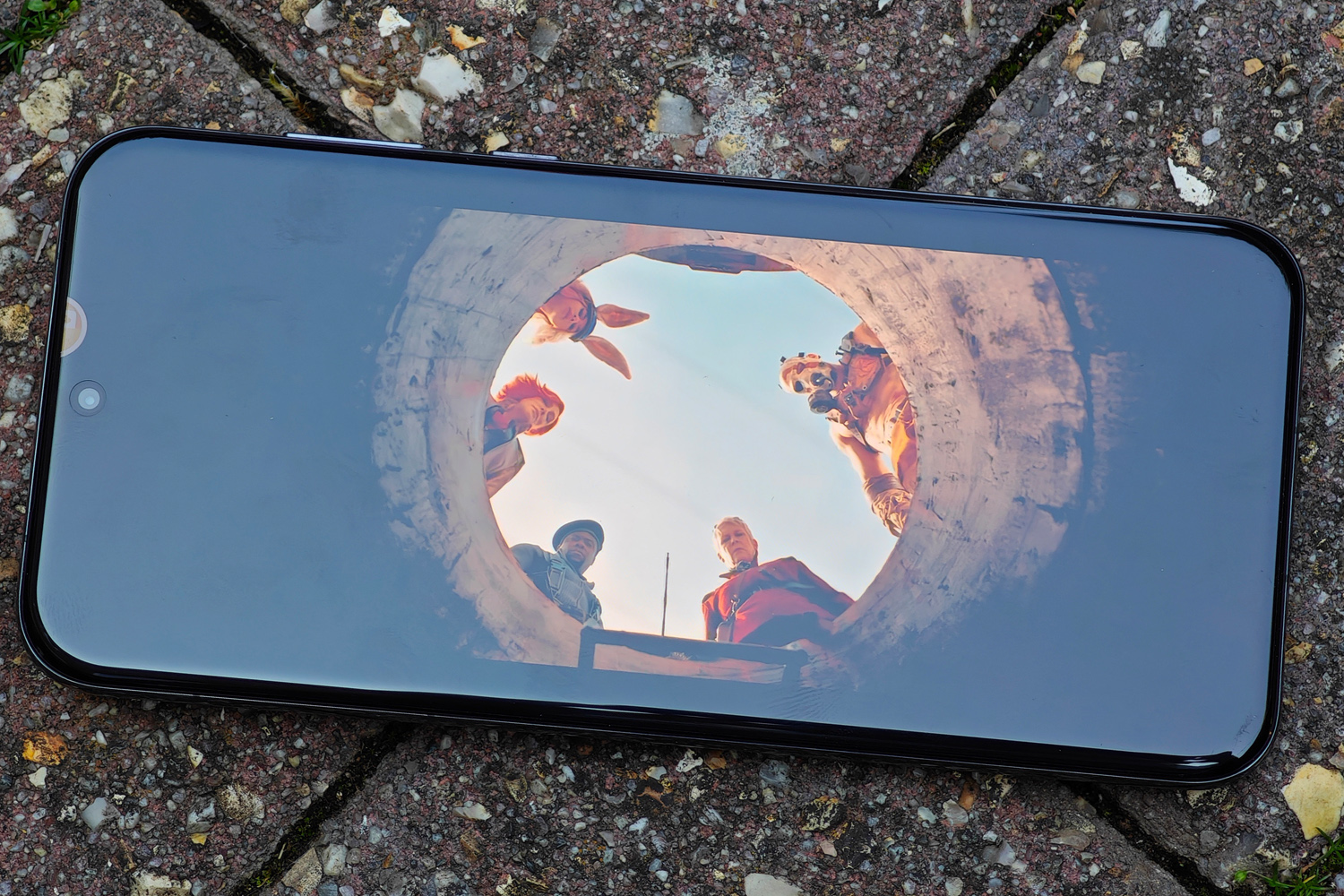
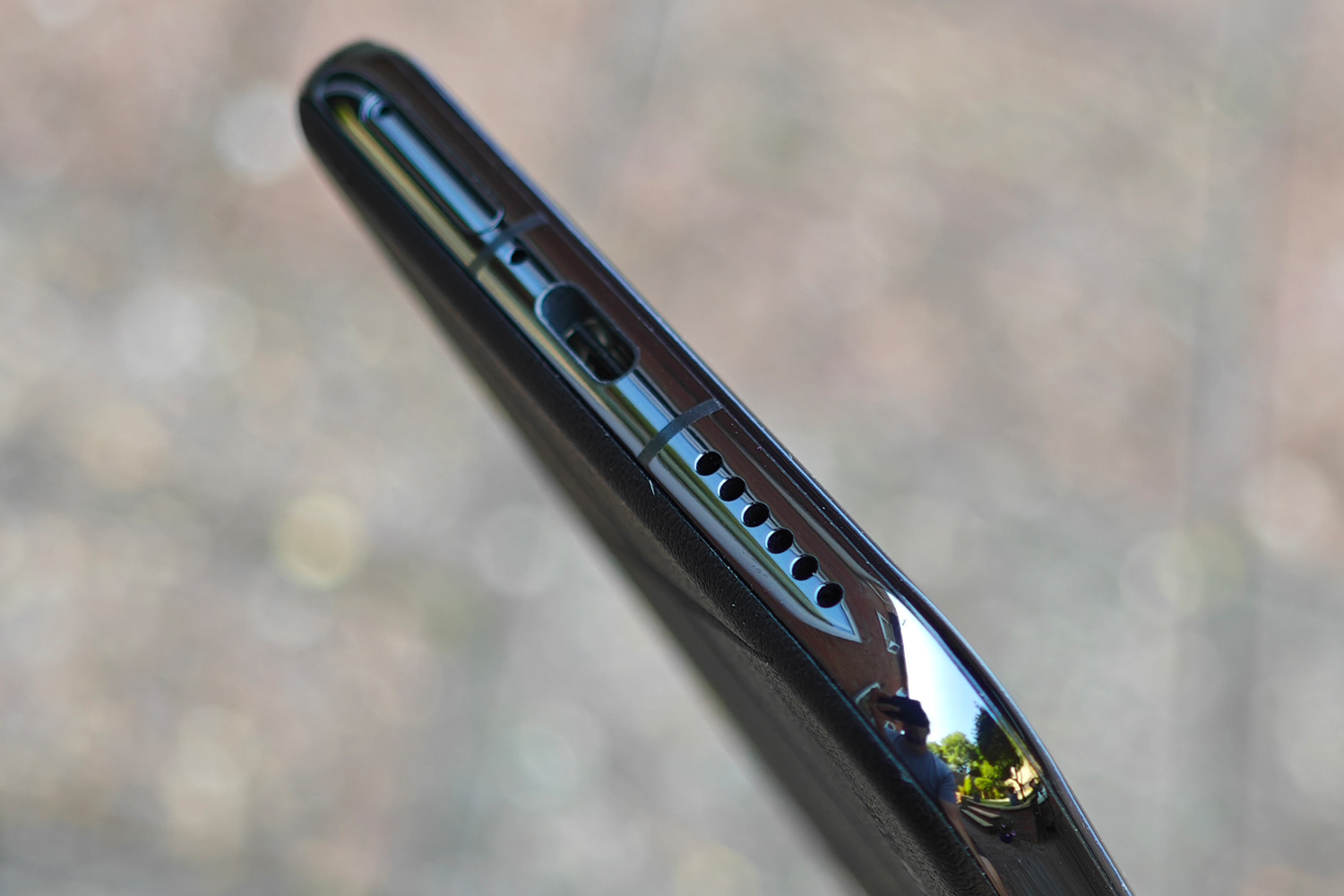
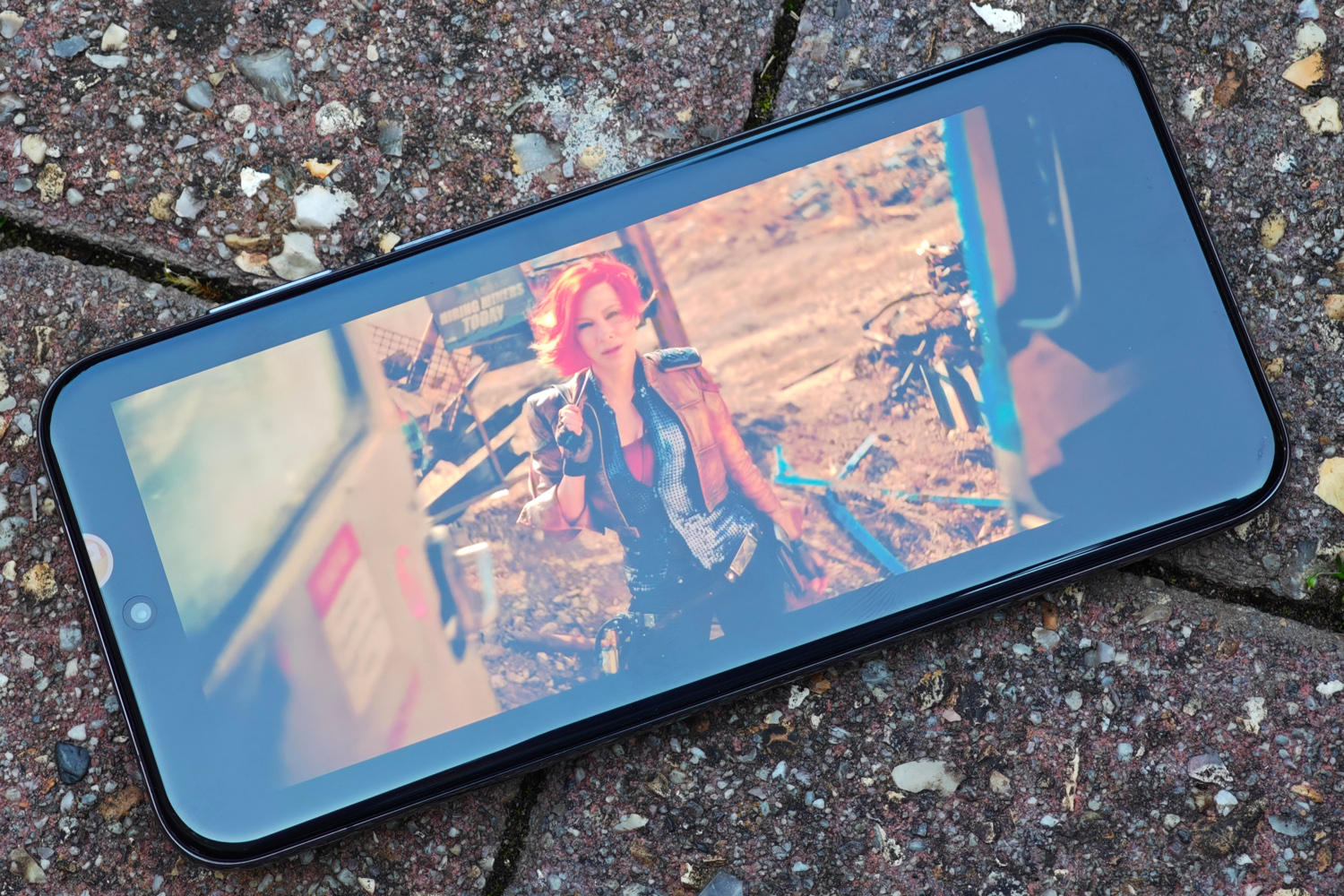
At 6.8in, the Pura 70 Ultra’s OLED display is as expansive as it is easy on the eyes. A better-than-Full HD 2844×1260 resolution can’t quite match the 1440p panels found on Google and Samsung’s hero models, but images and text still looked brilliantly crisp and detailed from any distance.
LTPO panel tech can vary the refresh rate down as low as 1Hz for peak battery savings on static content, while keeping motion looking wonderfully smooth. There’s an option to force 120Hz on all the time, but I preferred to let the phone decide when to switch; it was quick to react to my swipes and taps, and unsupported apps still drop to 60Hz either way.
This isn’t the brightest flagship phone: a Galaxy S24 Ultra, Pixel 8 Pro and iPhone 15 Pro Max all shine brighter, in both manual and automatic modes. A peak 2500 nits is nothing to sniff at, though, and I could still use the Pura 70 Ultra just fine while outdoors on sunny days. There’s more than enough oomph for HDR10 content, which looks outstanding thanks to bright highlights, deep shadows and vivid colours.
I still think Samsung has the best screen around, largely because the S24 Ultra has exclusive use of Corning’s reflection-busting Gorilla Armor glass – but the Pura 70 Ultra is level pegging with almost every other flagship around right now.
Its stereo speakers also put in a decent showing. The usual earpiece plus dedicated downward driver are well balanced, with a reasonable – but not class-leading – amount of volume. Overall clarity and frequency coverage was also rather good for a phone.
Cameras: superbly capable
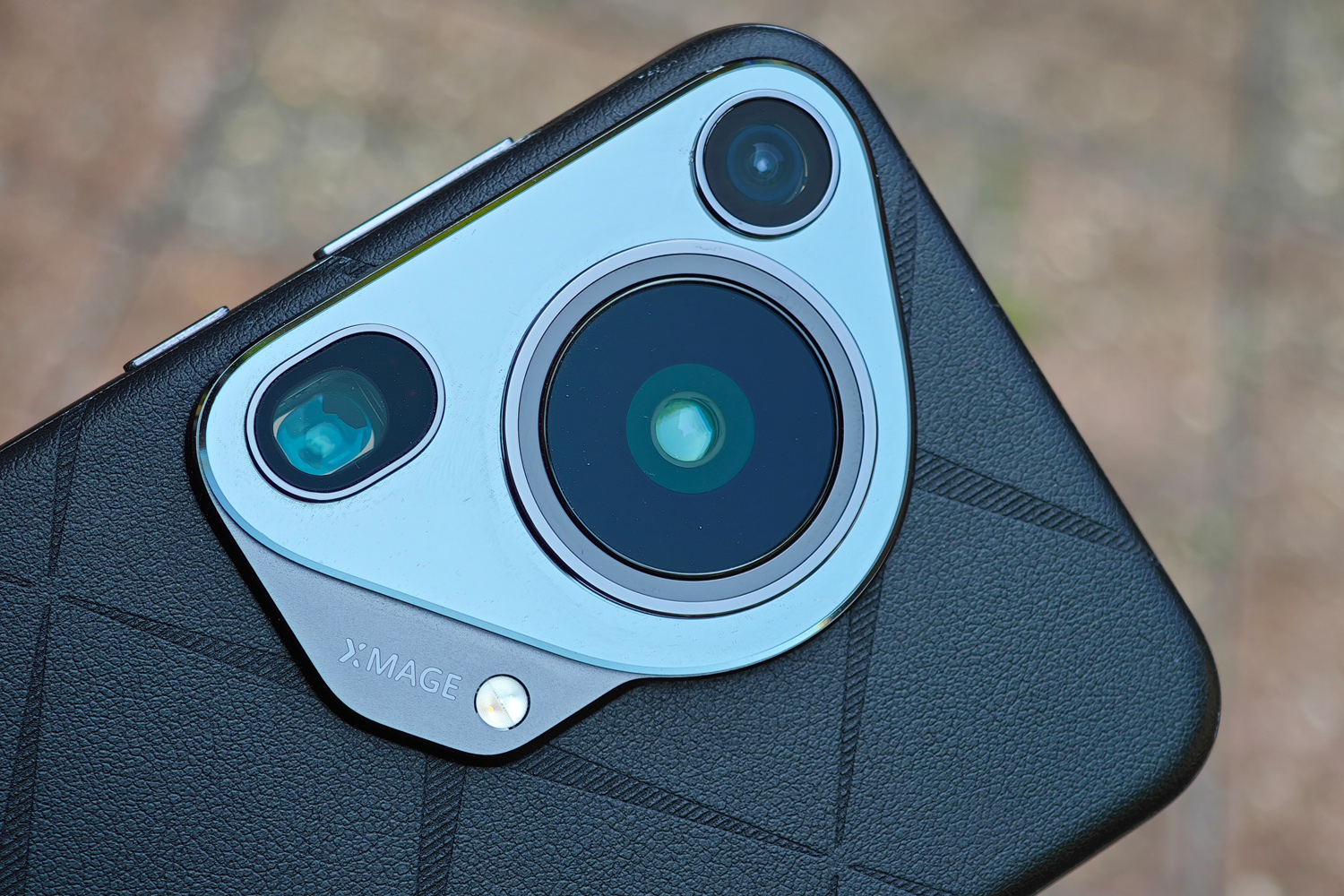
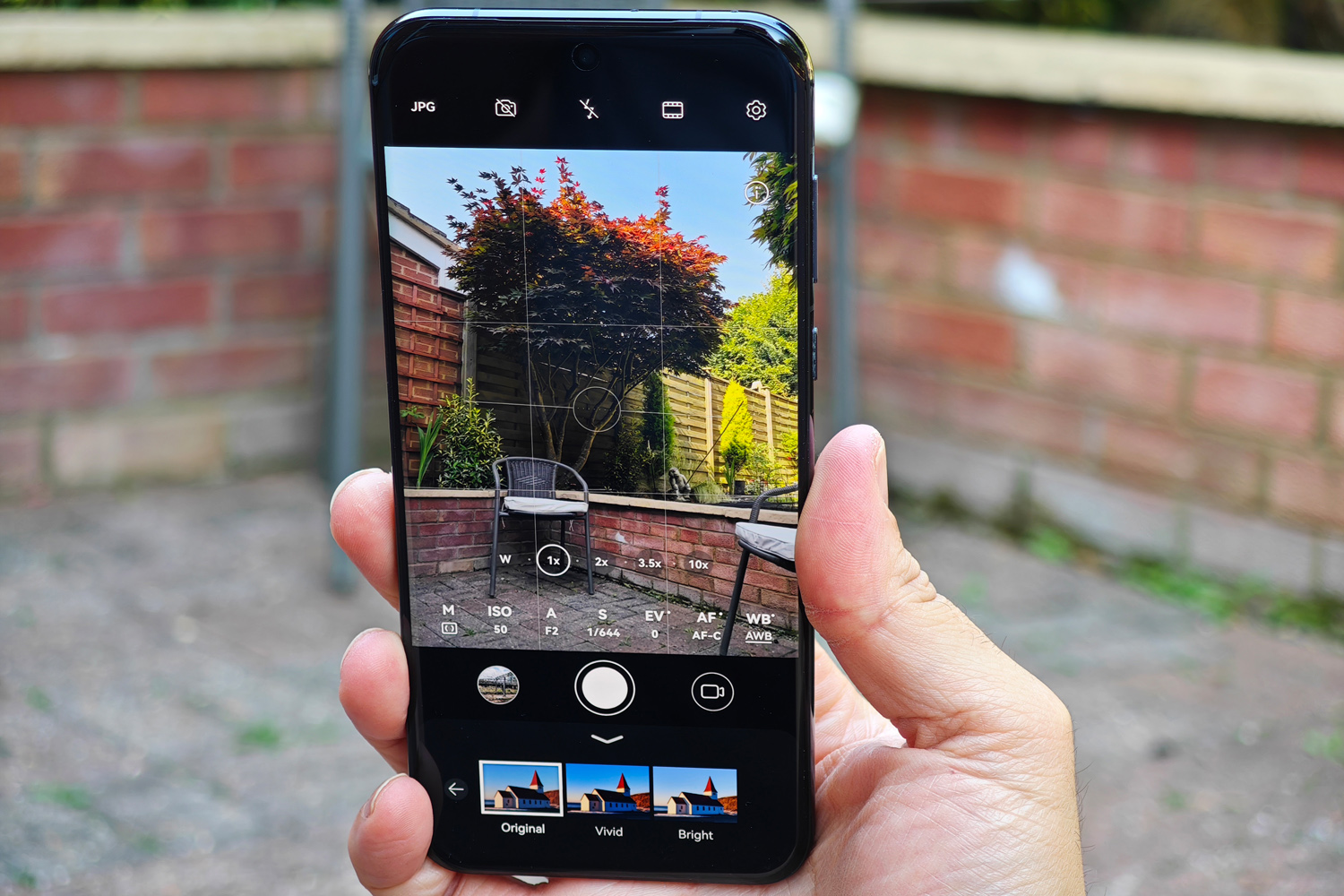
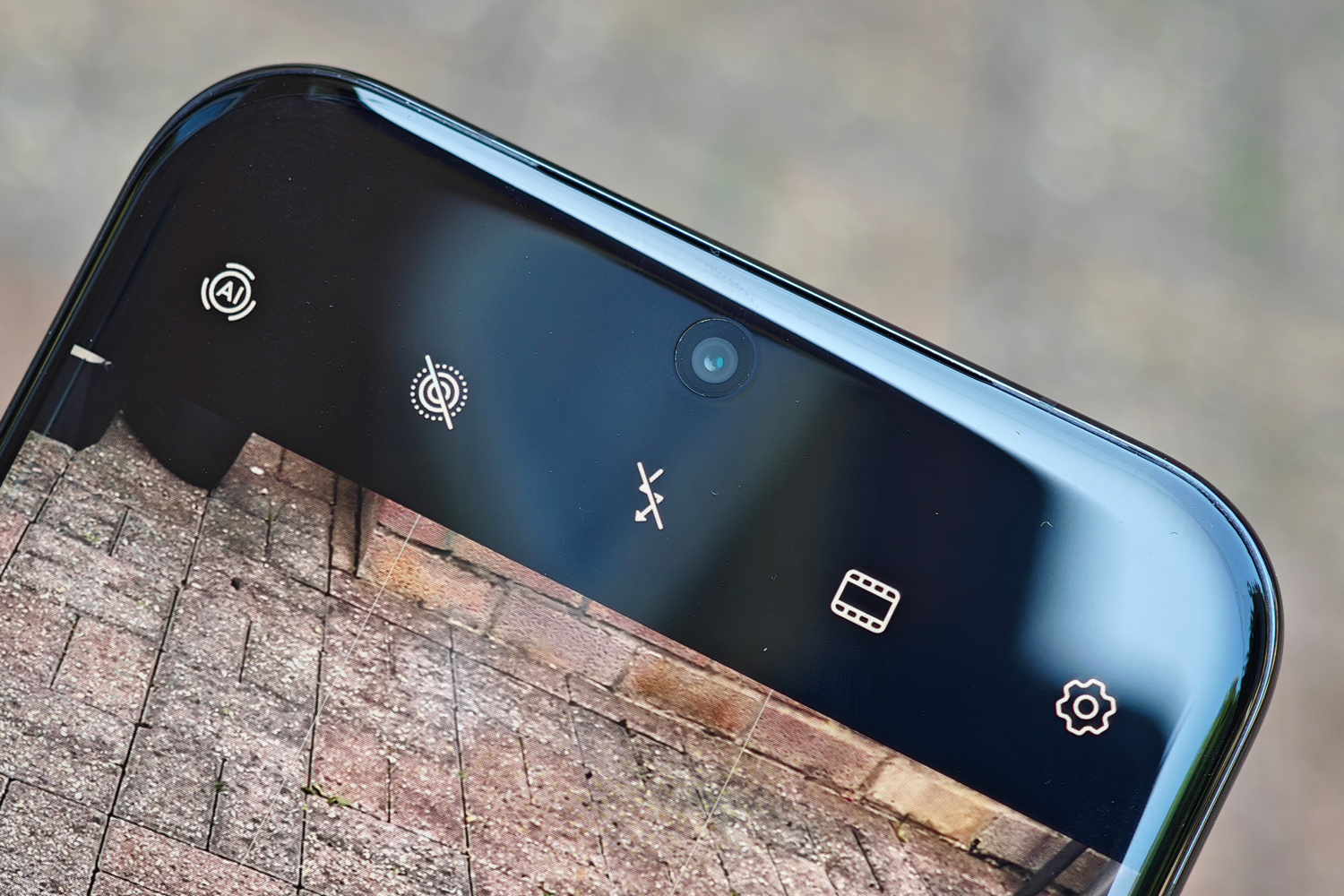
Even without that mechanically-protruding lens barrel, the Pura 70 Ultra would have some of the best camera hardware of any phone I’ve tested so far in 2024. The main snapper has a large 1in sensor, 50MP pixel count, variable aperture and sensor shift optical image stabilisation. The 50MP telephoto then supplies 3.5x optical zoom and doubles as a macro camera, as does the 40MP ultrawide.
Being able to adjust the lead lens’ aperture to anything between f/1.6 and 4.0 gives you outstanding control over bokeh blur, in a way no Samsung, Apple or Google phone can match. Shooting wide open helps at night, where getting lots of light onto the lens is crucial; at f/4.0, it takes crisper close-ups than rival phones with 1in sensors and fixed apertures.
This seriously potent trio takes fantastic photos in all lighting conditions, with an incredible amount of resolved detail, minimal noise, and carefully balanced image sharpening. Dynamic range isn’t the largest, but equally Huawei doesn’t overdo it with HDR blending, so images always appear lifelike. Exposure is well controlled and colour balance was almost always on point.
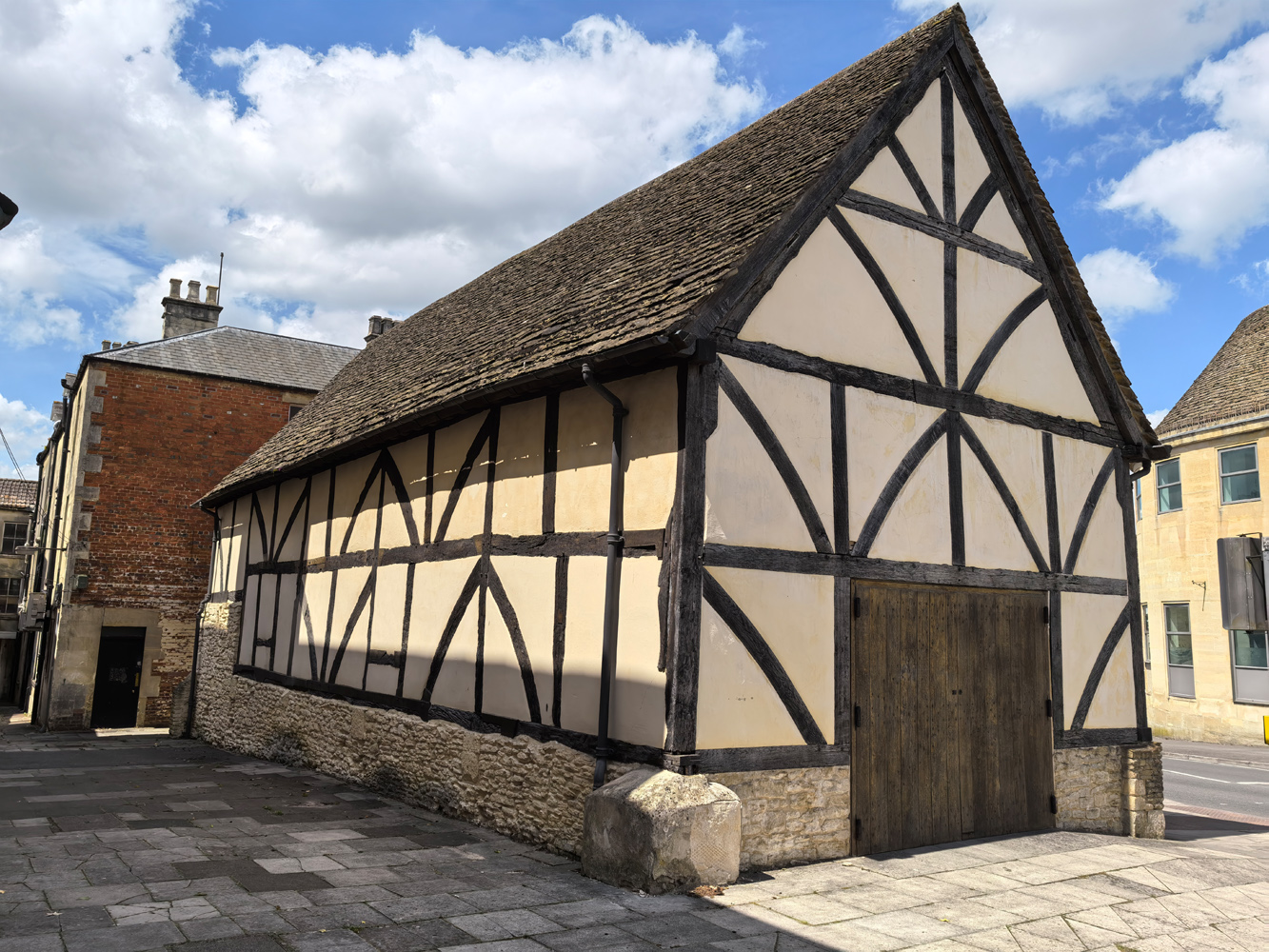

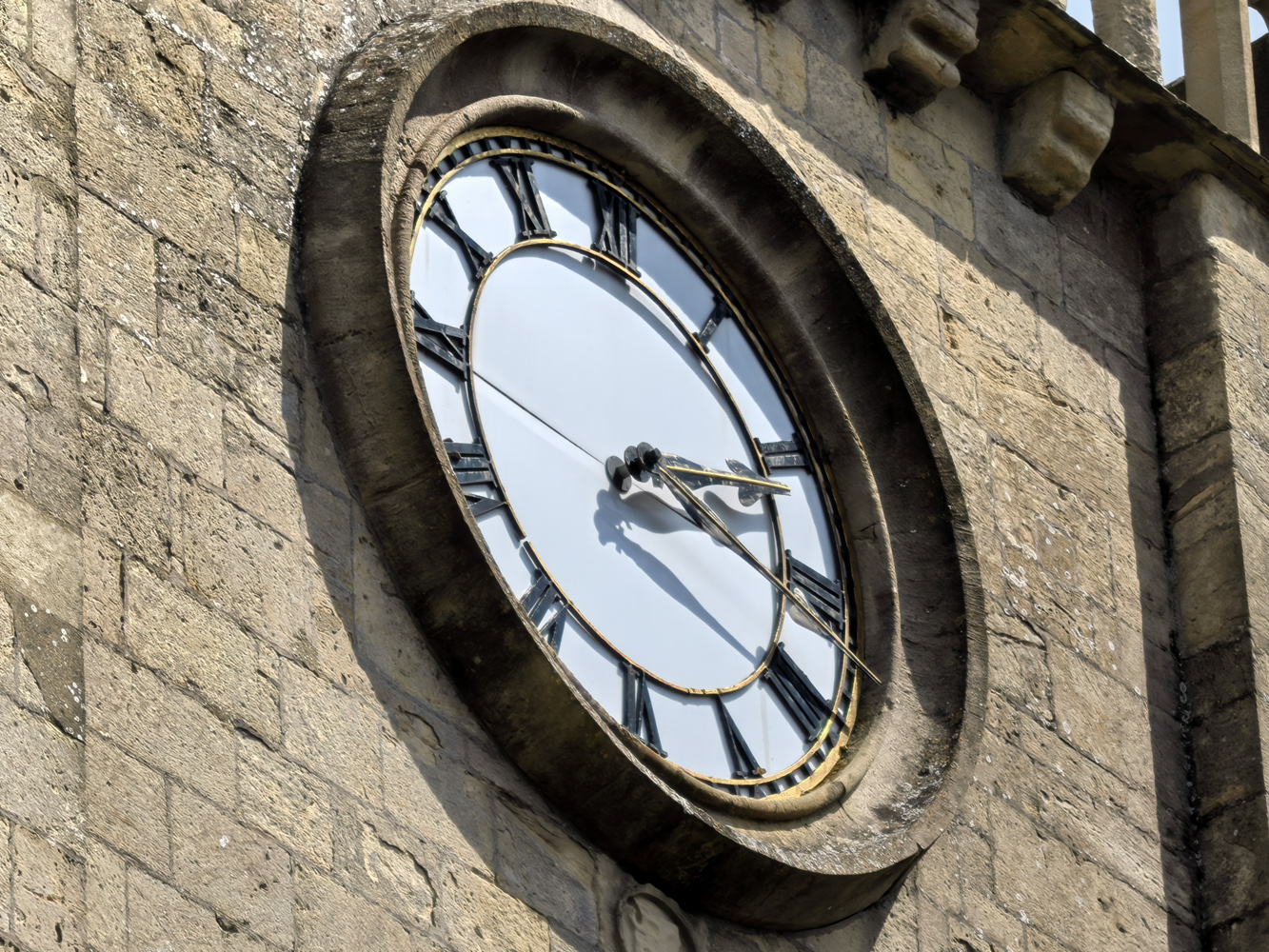

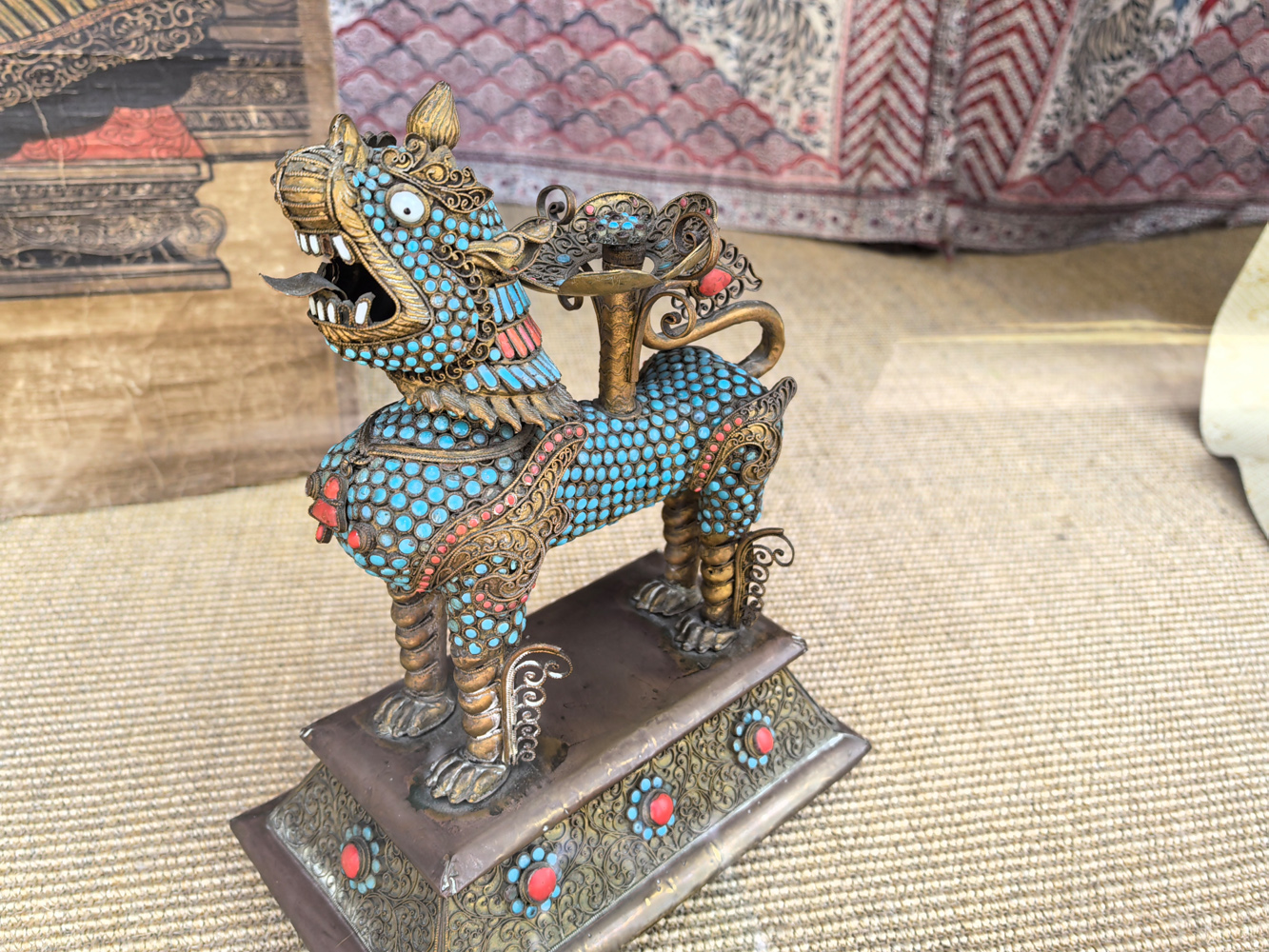




I found that saturation could sometimes be a little low, most notably with the telephoto lens, but the camera app puts a handful of other colour modes just a few taps away. The vivid mode made all the difference in some of my test scenes.
Quality is maintained across the board once the sun goes down, with the automatic night mode only regularly kicking in for the ultrawide lens. The other two have big enough sensors they can get by without it, yet still produce clean, low-noise shots for the most part.
I’m a big fan of the snapshot mode, which takes one long exposure and one quick one, then stitches them together for brilliantly sharp shots of moving subjects. Animals, cars and wriggly babies were all captured effortlessly.



The camera app’s 2x zoom toggle just crops in on the main sensor, and is effectively lossless. The telephoto kicks in at 3.5x and is wonderfully consistent with the lead lens. Colour, contrast, exposure and detail are all on par, and it holds up brilliantly all the way to 10x digital zoom. This is a superb macro lens, too, producing detailed shots from surprisingly far away.
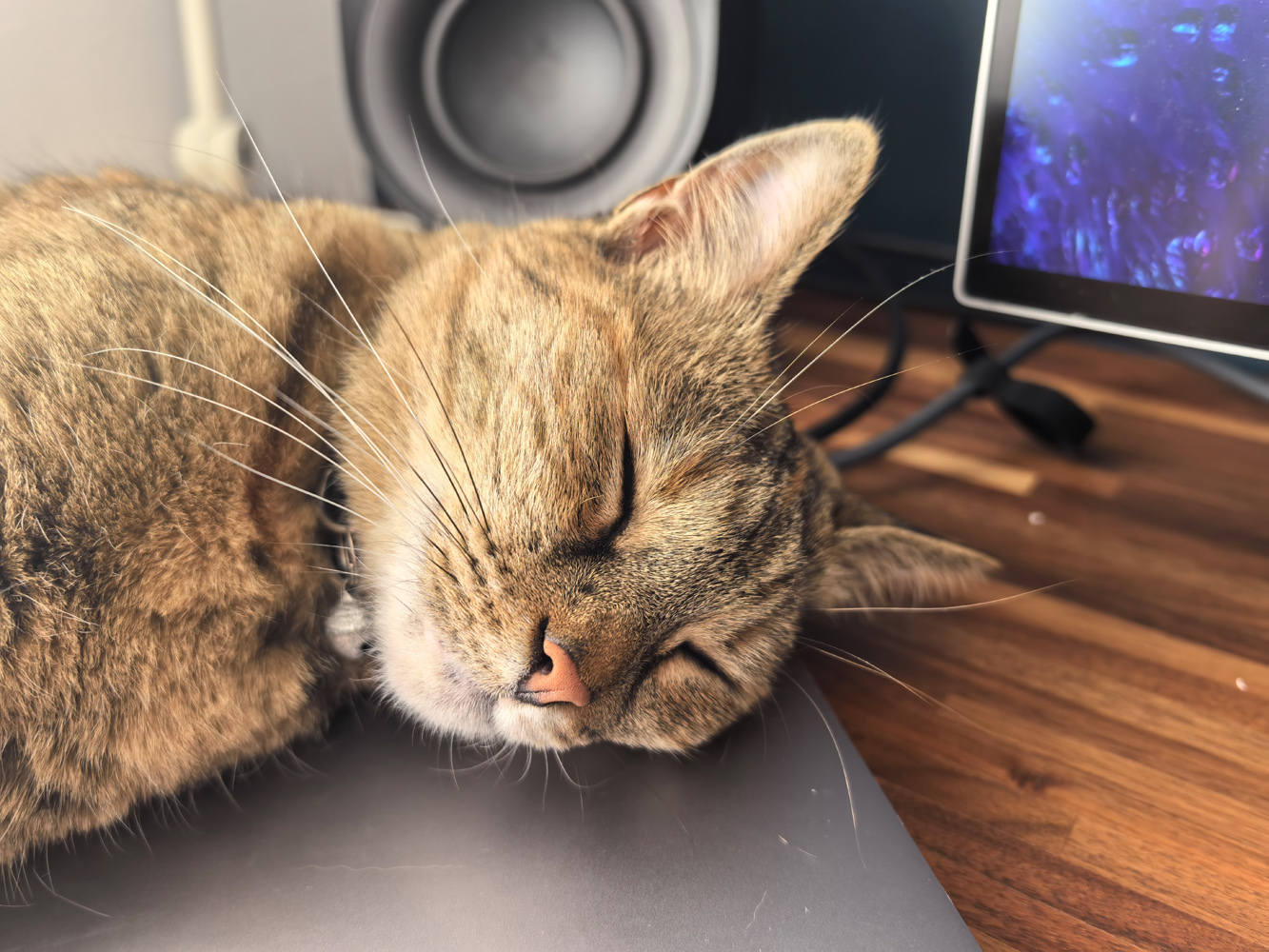
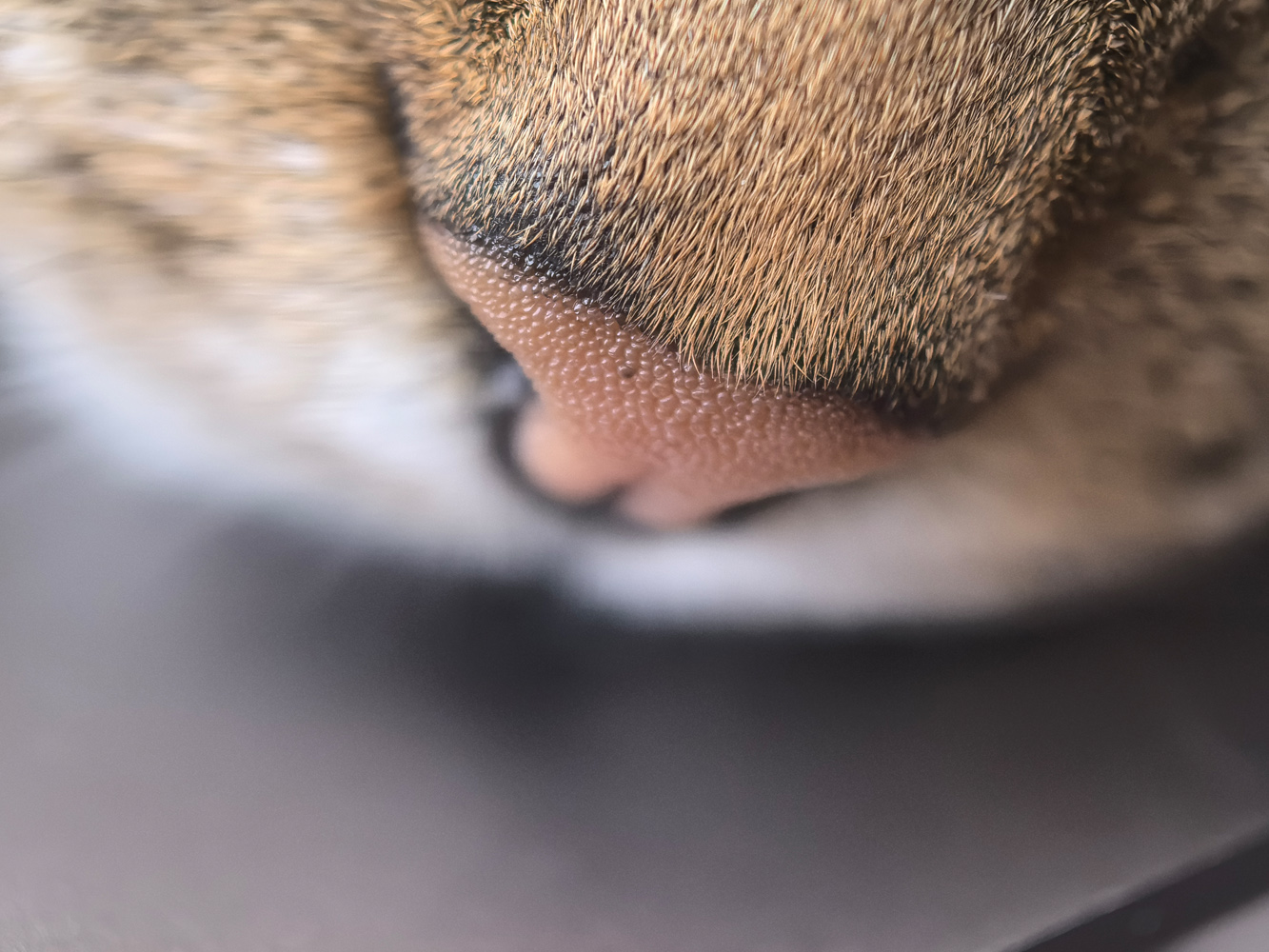
The ultrawide lens has an expansive field of view and again gets very close to the main sensor for colour reproduction and exposure. Details aren’t quite on the same level, and macro shots aren’t as well defined as the telephoto.
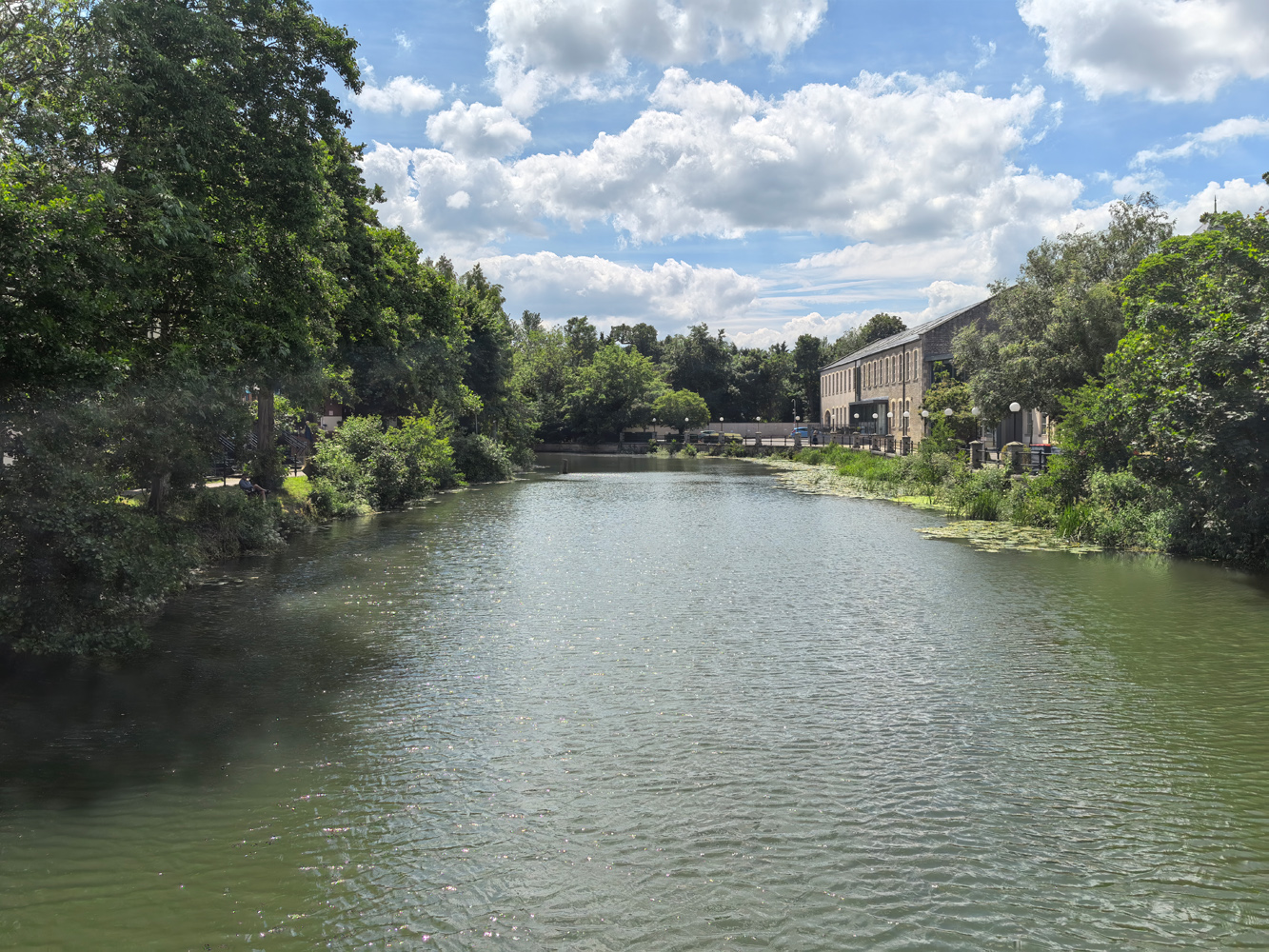
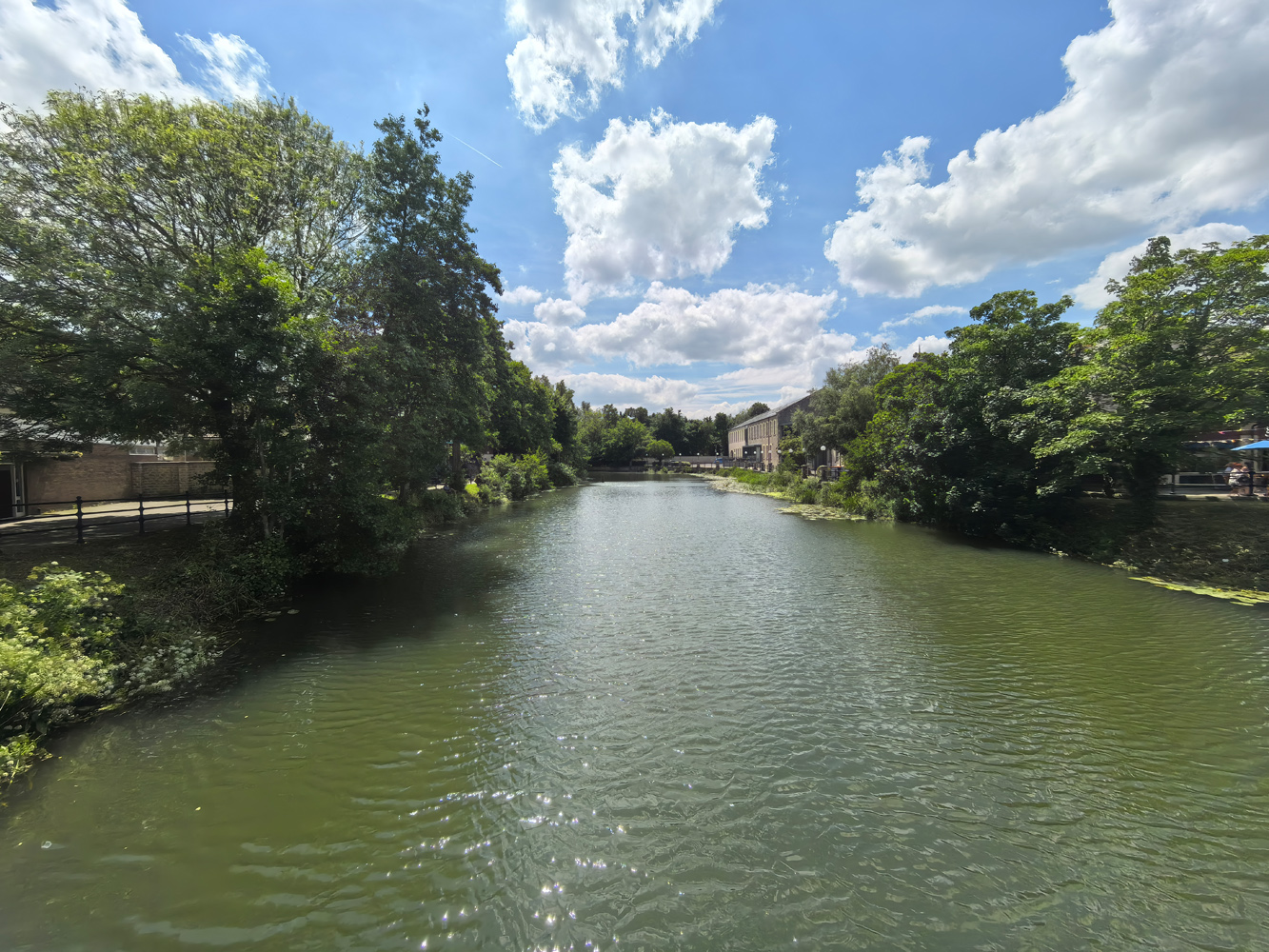
Up front, the selfie camera is as versatile as it gets, using sensor cropping to maintain quality between the three zoom levels: 0.6x, 0.8x, and 1x. Autofocus is on point, colours are punchy and detail is plentiful.
The Pura 70 Ultra takes exceptional video, too, with all three rear cameras able to capture 4K clips at 60fps with effective stabilisation. It’s comfortably up there with the best cameraphones on sale right now.
Performance & battery life: cores for concern?
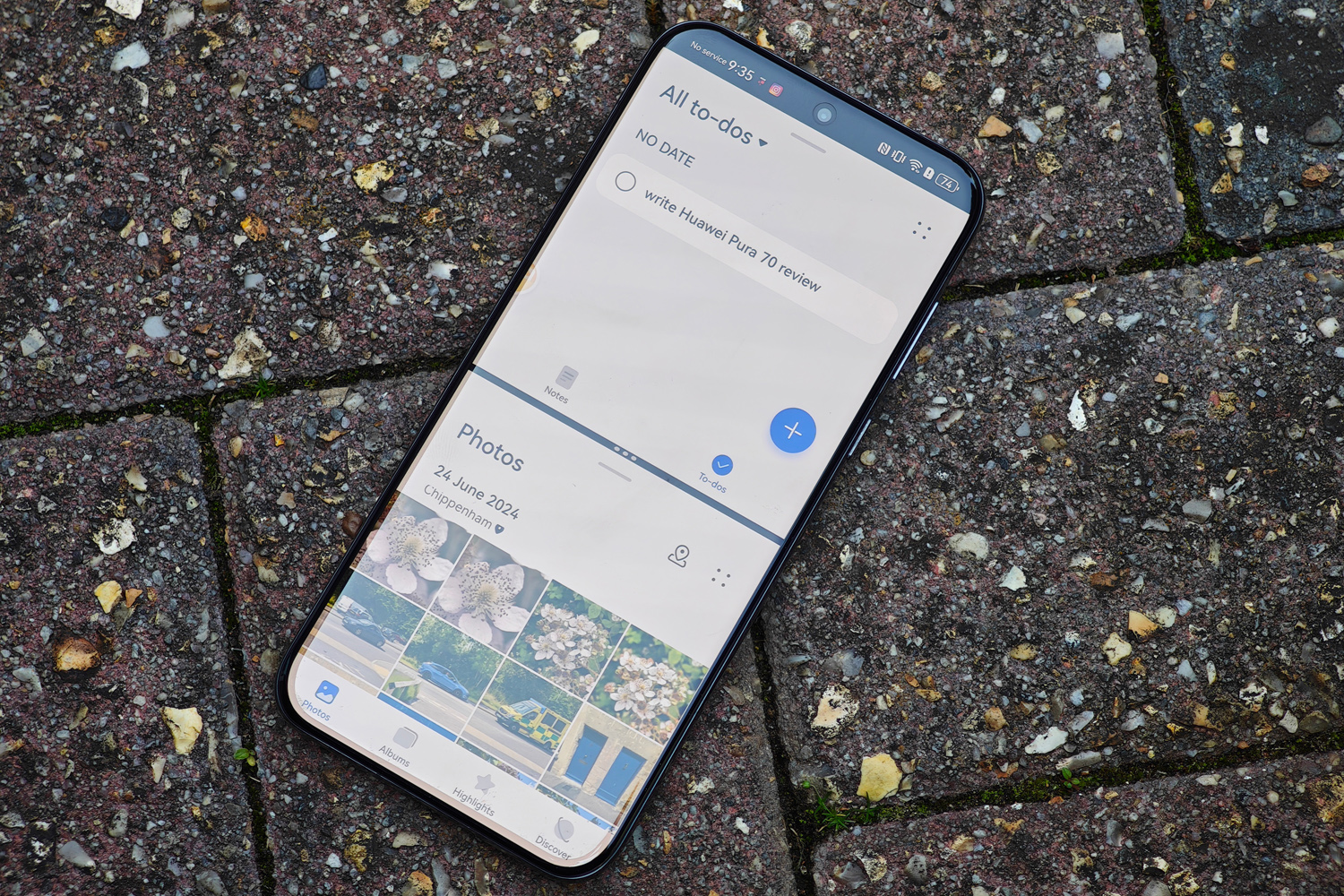
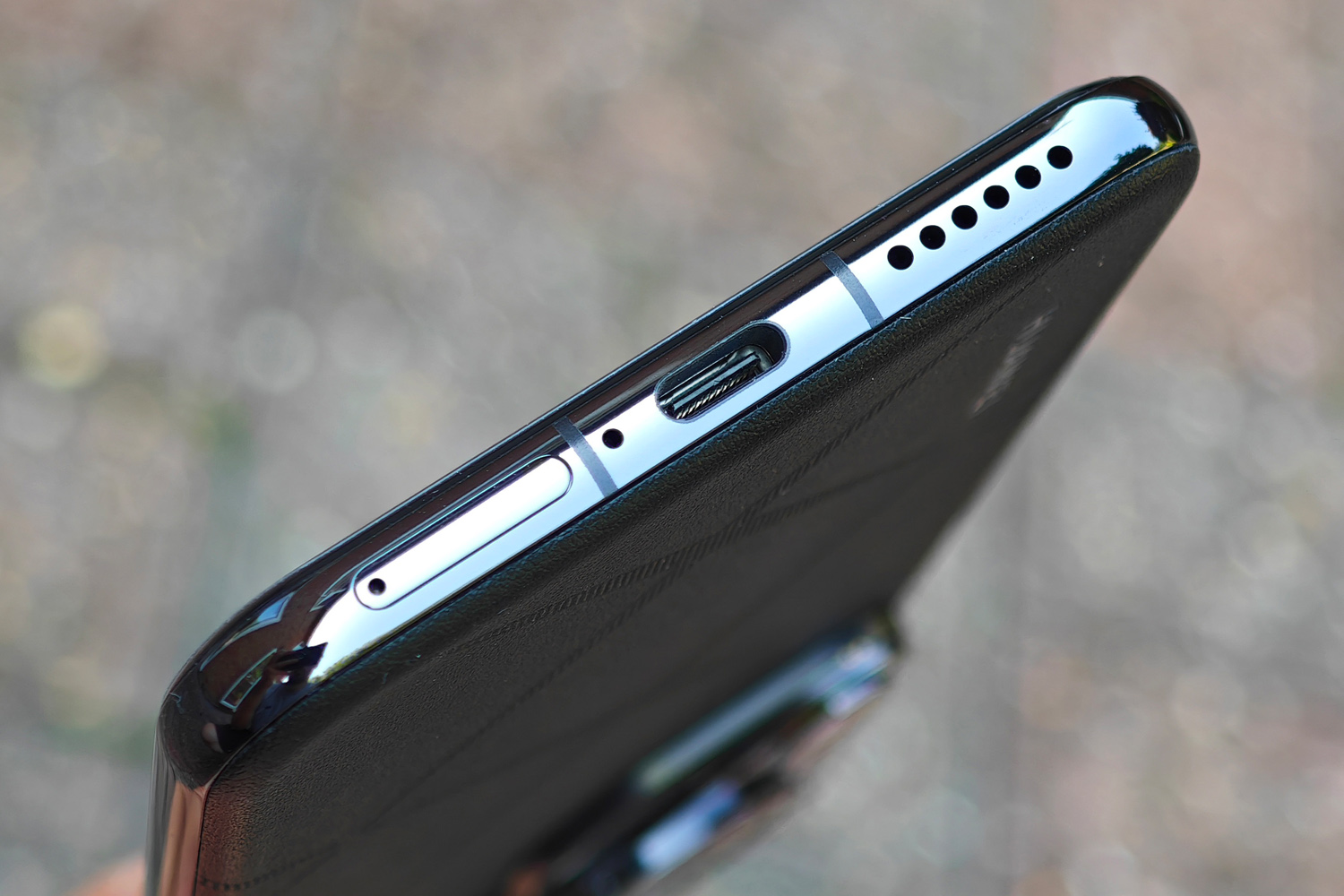
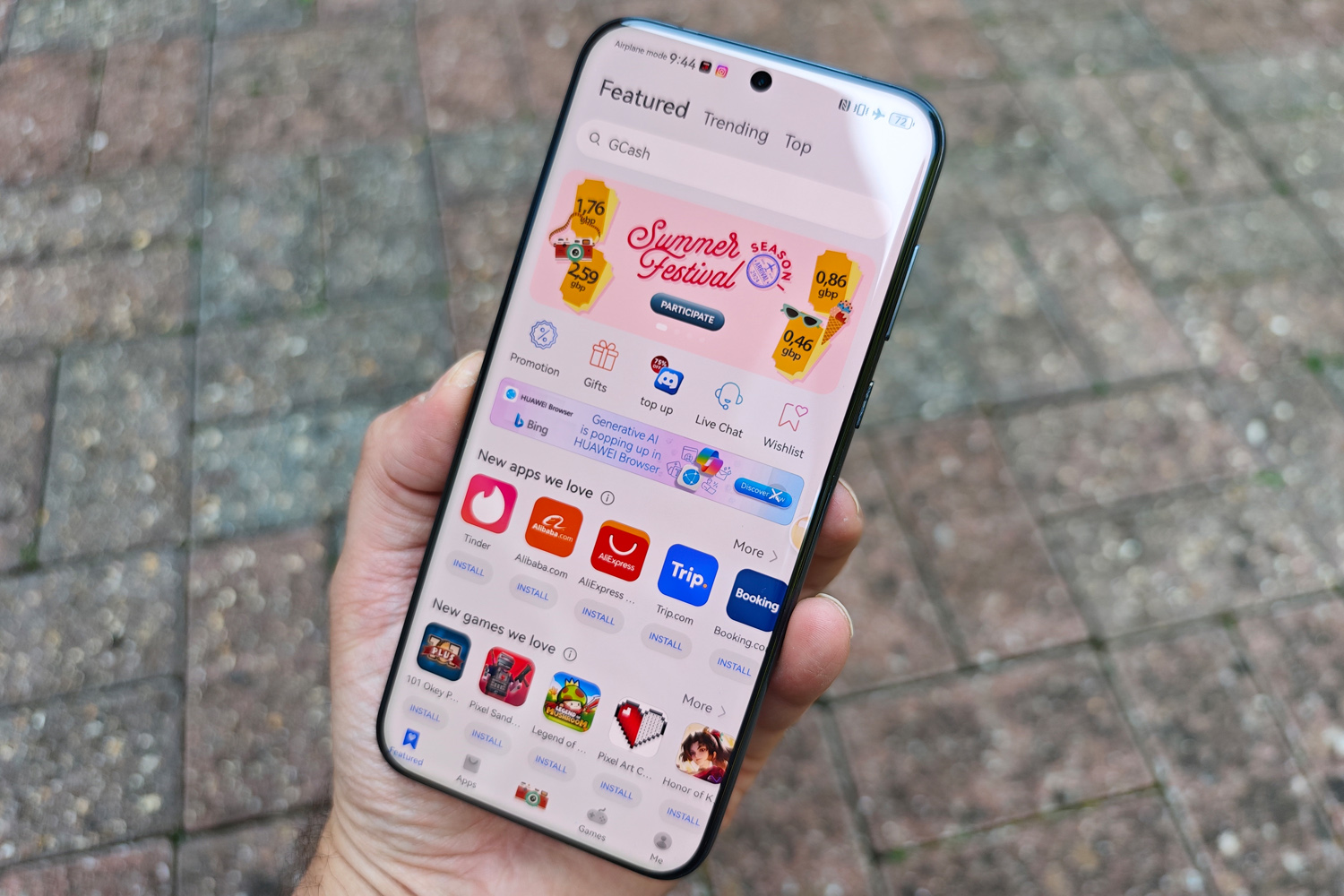
With Qualcomm chips no longer an option, Huawei has gone in-house for the Pura 70 Ultra’s internals. The eight-core Kirin 9010 is a generation or two behind the silicon found in today’s flagships in terms of performance and power efficiency. 5G connectivity also remains off the table in the West.
Not everyone needs rocketship levels of power from their phone, and the Pura 70 Ultra felt perfectly responsive in everyday use. Apps opened quickly for me, split view multitasking was always responsive, and web pages were always smooth to scroll through. That said, synthetic benchmarks put it in line with the mid-range MediaTek Dimensity 8200, and some way off Snapdragon-powered flagship rivals. It’s not an issue now, but could be if you keep your phones for several years between upgrades.
This isn’t a fantastic gaming phone, either. Especially demanding titles have to drop to their lowest detail settings to get a smooth 60fps, and none of the ones I tried could consistently hit the screen’s maximum 120Hz refresh rate. Simpler 2D titles fare much better, but I’d expect more given the asking price. It also gets rather warm after prolonged play, although never painfully hot.
I found battery life to be merely OK, given the huge 5200mAh capacity. It’ll last a day of moderate to heavy use, but no more. That puts it on par with the Xiaomi 14 Ultra, which doesn’t have the best staying power of the current flagship crop, and a bit behind the Samsung Galaxy S24 Ultra. The Honor Magic6 Pro and its even bigger silicon-carbon battery remain the phone to beat for longevity.
Charging is suitably speedy, at least. The bundled power brick can deliver 100W over USB, and I like how it has ports for both Type-C and Type-A cables. A full top-up takes under an hour, with a 50% refuel only needing around 20 minutes. Wireless charging is almost as fast at 80W, though only from a sufficiently powerful charging pad.
Software experience: EMUI with extra steps
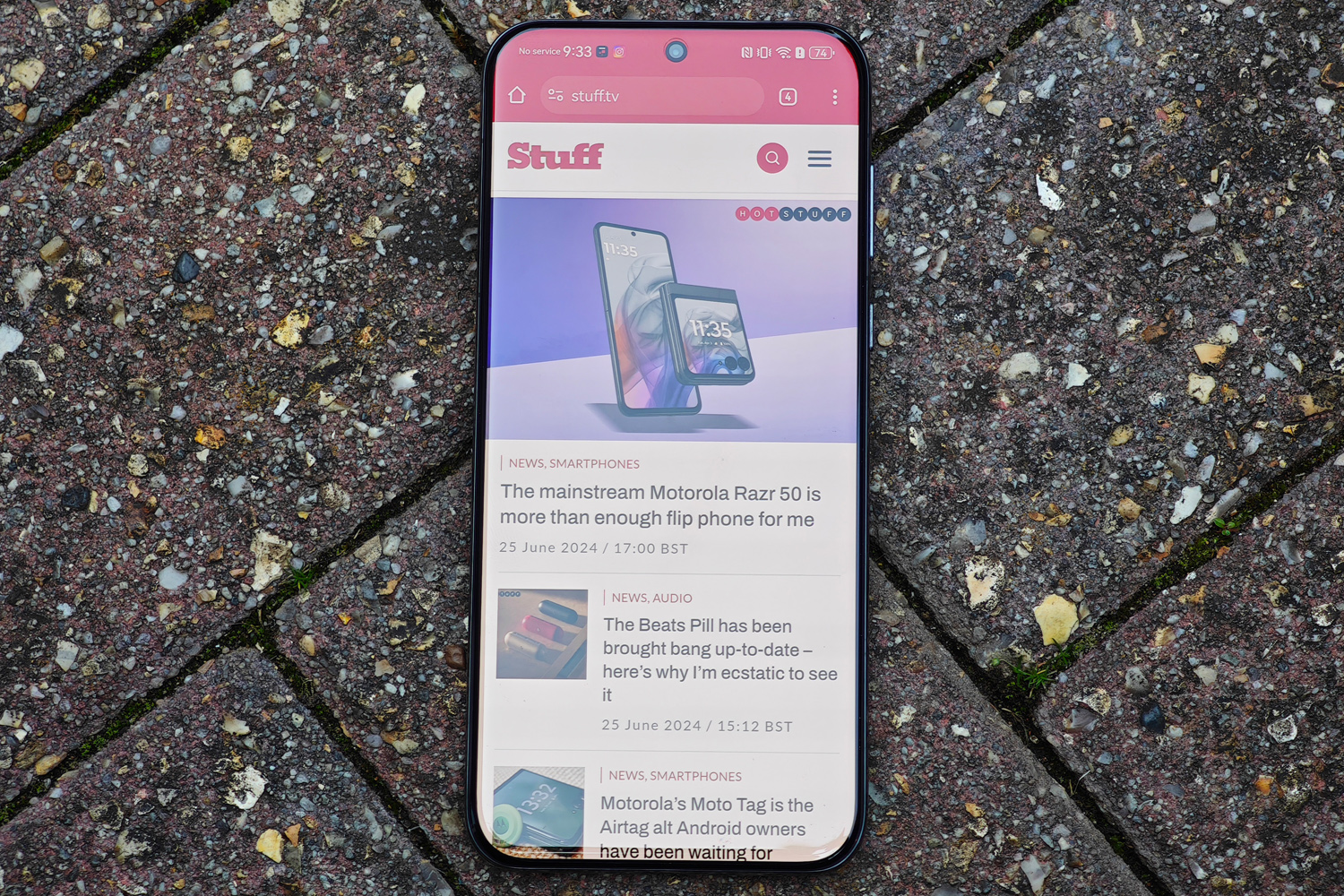
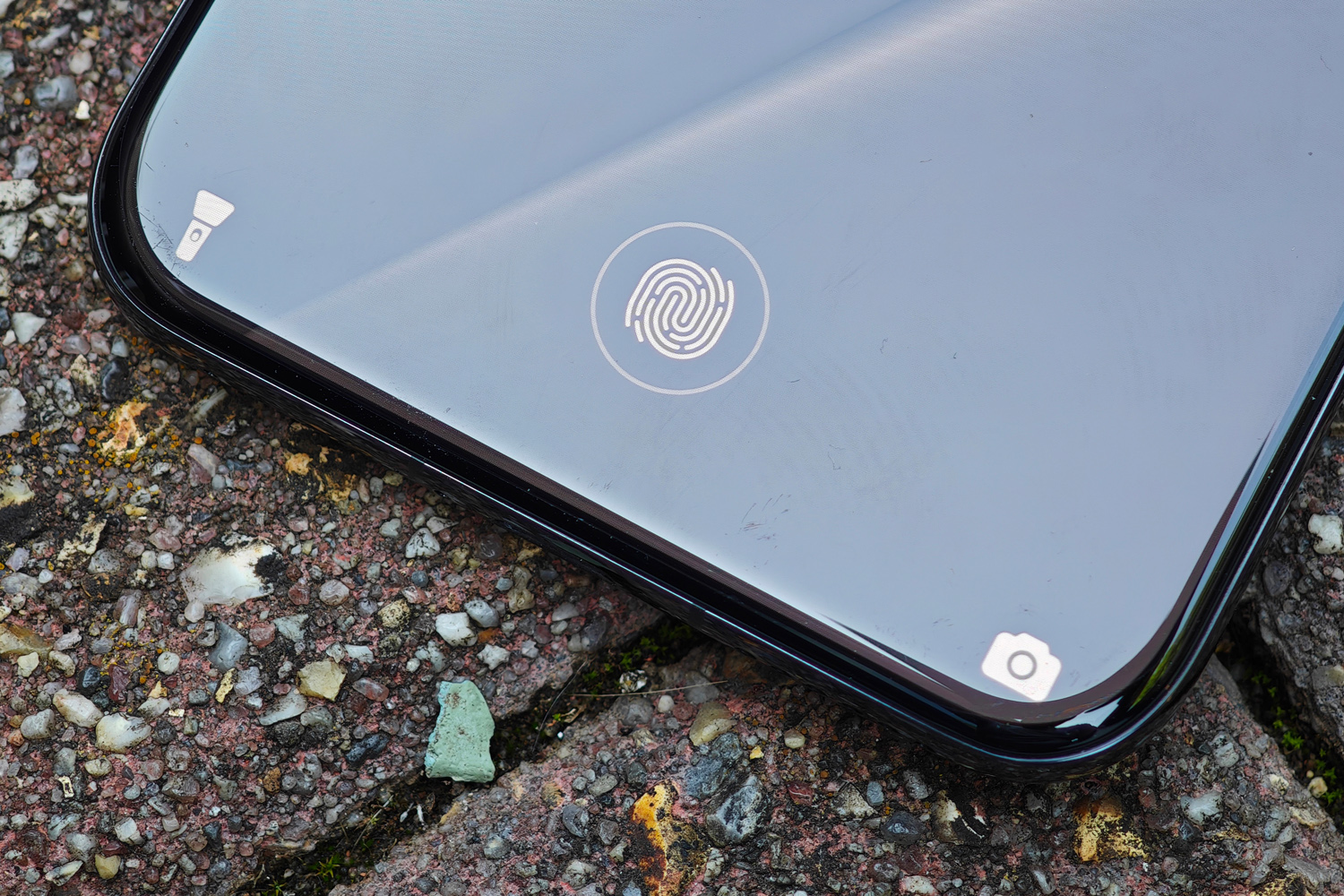

Huawei’s take on Android has kept the same overall look and feel for several years now. EMUI 14.2 is still very iOS-influenced, with separate notifications and quick settings windows depending on which side of the screen you swipe down from, no app drawer, and some rather Apple-esque icons.
It’s incredibly customisable, and stuffed full of home-grown apps – which makes total sense, given the lack of Google’s own. As ever, heading to Huawei’s AppGallery to download more reveals a mixed bag of big-name apps and smaller alternatives. I found it very limiting, with some apps I consider essential being MIA.
For a flagship phone, there’s a disappointing amount of bloatware. Some of these are recommendations, rather than preinstalled apps, but it’s cumbersome to remove them. A full folder of no-name games on your homescreen is something I’d expect from an entry-level device.
There are several ways to add Google Services and the Play Store back in, of course – but they force you to jump through lots of hurdles, including using third-party clients to download apps. That’s rough if you’re security-conscious, and even then certain features – such as Google Pay contactless payments – remain off limits. For many Western users, that will simply be a deal-breaker.
I’m not sure what Huawei has committed to in terms of updates, but considering it has just launched a bespoke OS without using any Android source code in China, I wonder whether this phone will have much of a long lifespan.
Huawei Pura 70 Ultra verdict
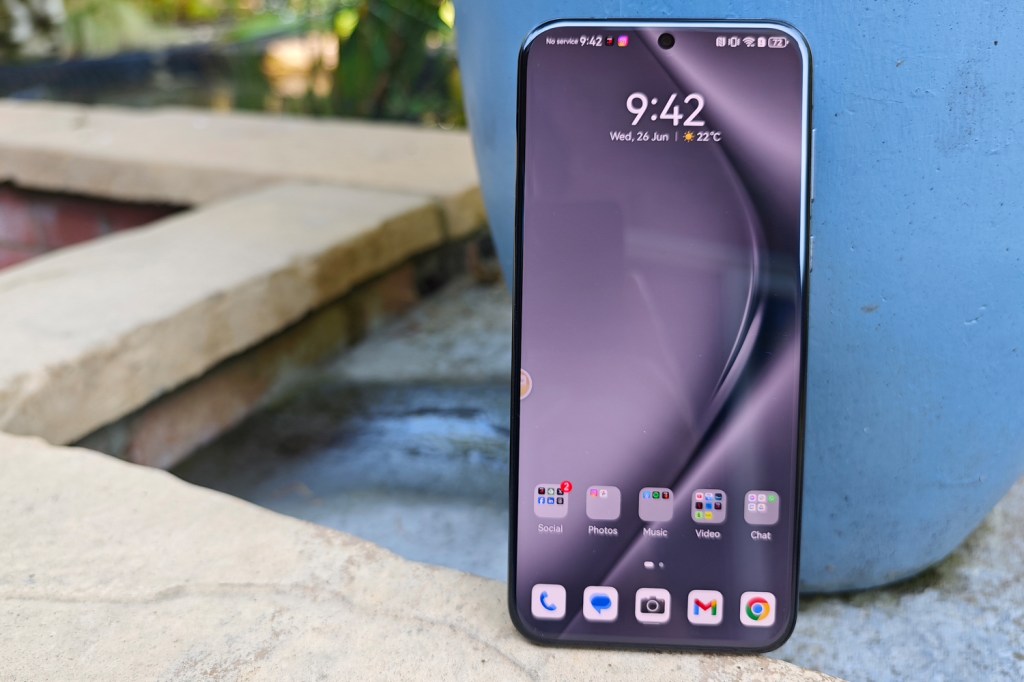
Phone photographers will be genuinely impressed by the Huawei Pura 70 Ultra. It has a stunning set of sensors and image processing that rivals any of the flagships I’ve tested this year. This had the biggest influence on my star rating, which given the criticisms I’ve outlined below, shows just how good a cameraphone this is.
Yet as much as I also like its beautiful display, slick styling and large battery, a few major stumbles kill any hope of mainstream appeal – at least here in the West. An uncompetitive chipset, missing 5G support and lack of Google services hobble what’s otherwise a fantastic handset. A Xiaomi 14 Ultra can be had for less cash, while also delivering more power, equally outstanding cameras, and access to the Play Store without needing any hacky workarounds.
It’s a different story in China, where Pura 70 Ultra is doing big business – but for everyone else, this simply isn’t as complete a package as you’ll find from its rivals.
Stuff Says…
Another fantastic photography flagship that rivals the best cameraphones – but the Huawei Pura 70 Ultra is held back by an uncompetitive CPU, high price, and software restrictions for Western shoppers
Pros
Outstanding photographic ability
Excellent OLED display
Large battery with rapid charging
Cons
Google services unsupported
Chipset can’t match rival flagships
Seriously expensive
Huawei Pura 70 Ultra technical specifications
| Screen | 6.8in, 2844×1260 OLED w/ 120Hz |
| CPU | Kirin 9010 octa-core |
| Memory | 16GB RAM |
| Cameras | 50MP, f/1.6-4.0 w/ 1in sensor size, phase-detect/laser autofocus, sensor-shift OIS 50MP, f/2.1 telephoto w/ PDAF, OIS, 3.5x optical zoom 40MP, f.2.2 ultrawide w/ autofocus rear 13MP, f/2.4 front w/ autofocus |
| Storage | 512GB/1TB on-board |
| Operating system | Android open-source w/ EMUI 14.2 |
| Battery | 5200mAh w/ 100W wired, 80W wireless charging |
| Dimensions | 163x75x8.4mm, 226g |



